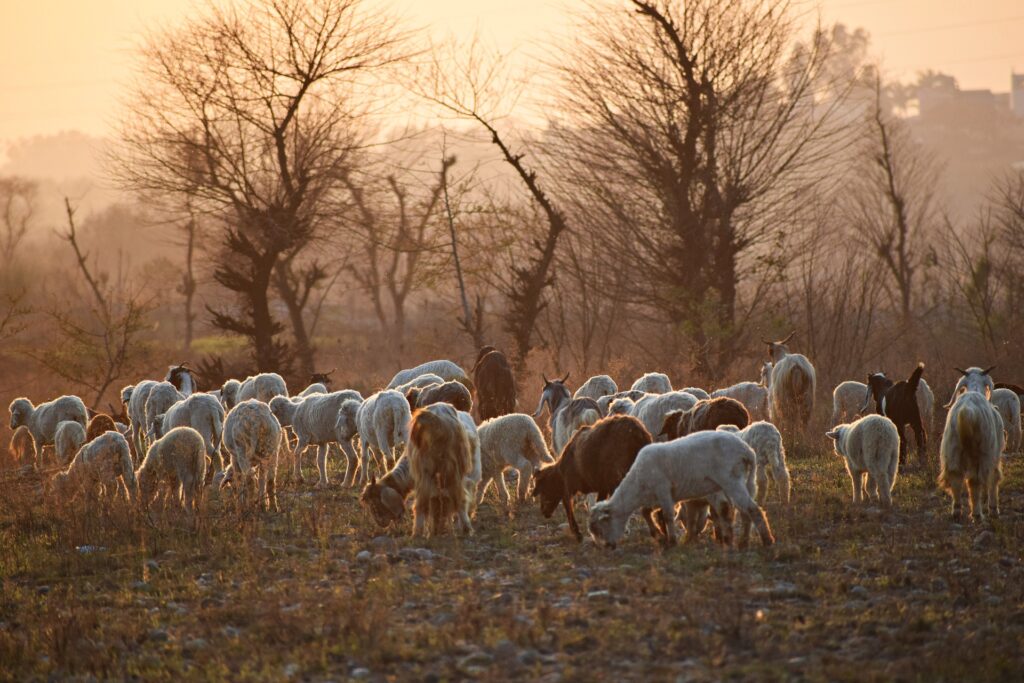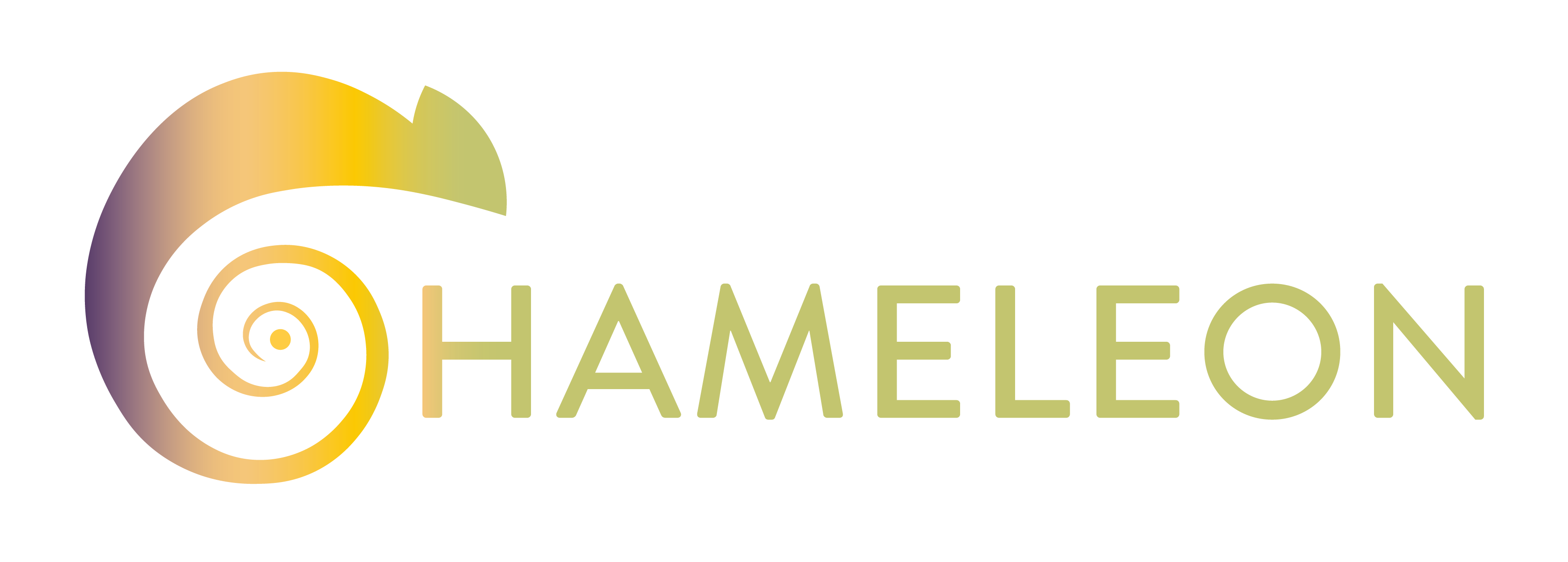Pilot 2: Livestock monitoring and management

Location:
Crete, Greece (Western Crete area, incl. Chania and Rethimno).
Objectives:
Validate the capacity of the CHAMELEON platform for tracking and health assessment of individual animals and assess its operational feasibility for a range of breeders, according to the size of their animal capital. Specifically, piloting activities will validate the platform in:
i. monitoring the activities and the position of the herd,
ii. monitoring the health status of certain members of the herd,
iii. providing fast and accurate monitoring of sudden unforeseen events.
Description:
The pilot will assess the capacity of CHAMELEON platform and the corresponding UAV agents for monitoring of herds of sheep and/or goats in the area of Western Crete.
Livestock is a major source of income for the stock breeders in Greece and especially in the island of Crete. According to the most recent national statistics (2009) there are more than 1,330,000 sheep and 400,000 goats in the two prefectures of Western Crete (Chania and Rethimno).
As a vital contributor to the region’s GDP, monitoring the location of each member of a herd/ flock, which can often occupy areas of more than 1 hectare, as well as its health status, is very important for the breeder. The rough terrain and the diverse landscape are creating an extra layer of difficulty for the day-to-day management of the livestock. UAVs might be the answer for the timely monitoring of the herd’s status and position. The synoptic view provided by UAVs, in conjunction with the collection of data in the regions of spectrum outside of the visible range, can contribute significantly to those two purposes.
We will consider the scenario of a herd which is spread in a remote slope at a Cretan mountain. The drone is deployed and the stock breeder using a custom GUI defines the area of interest and the mode of operation. With this approach the operator can choose the monitor/ survey mode, were the drone is scanning the area of interest in an optimal manner and simultaneously provide real time visual information to the user. To accomplish the aforementioned task, we will deploy an optimization based method that provides safe and efficient paths while simultaneously ensures the complete coverage of the area of interest. The stock breeder will have the ability to monitor the position of the herd in remote areas -beyond line of sight- or in unreachable locations.
Within the health monitoring mode of operation, the drone using an hyperspectral camera will be used to identify the animals with body temperature which deviate from the normal/anticipated value. Periodic usage of this mode of operation, may be used as an early warning system to identify sick animals and isolate them from the rest of the herd. It is worth mentioning that this approach may result in the early detection of sick animals therefore reducing the risk of spreading any contagious disease in the rest of the herd.
In scanning mode, the drone will survey the area of interest for a “rogue sheep” that is either in a difficult situation (injured) or is out of reach. The drone will identify the position of the animal and it will transmit the GPS coordinates in the base station, so proper action will be taken. In order to maximize the efficiency of the search pattern we will employ optimization-based approaches, similar to other implementations in the field of precision agriculture. Thermal/ infrared cameras, can significantly enhance the applicability of the proposed approach even in the cases of night operation were i.e. there might be a missing animal in a hostile and unreachable environment.




